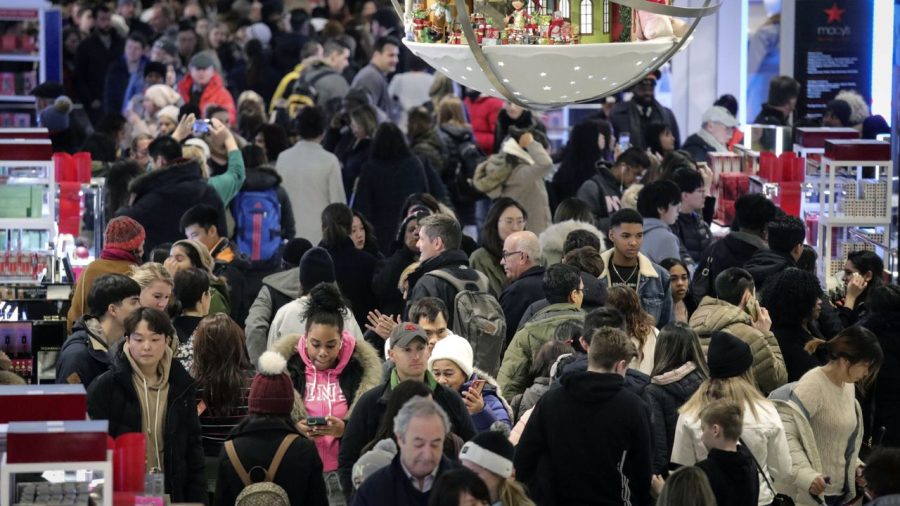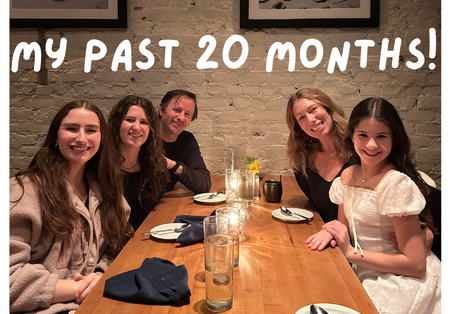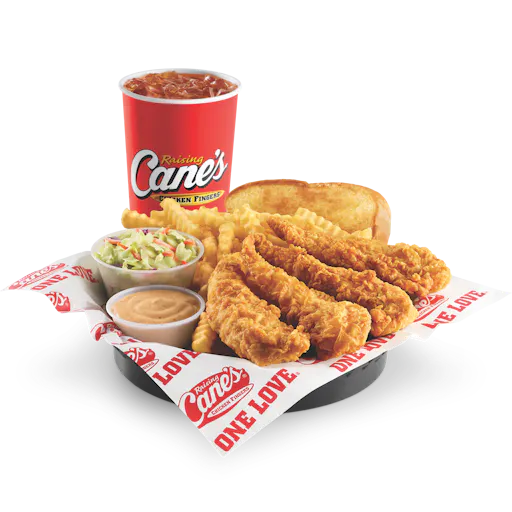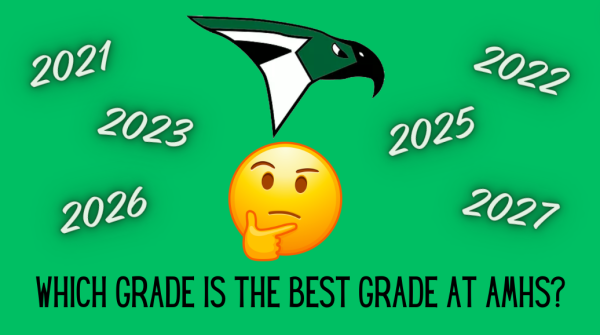Is Black Friday Irrelevant Now?
The Recent, Drastic Changes to the Retail Holiday Have Made Black Friday a Whole New Beast
As its significance has rapidly declined, Black Friday has shifted from a fun single-day holiday to an extended period of online shopping savings. Now Black Friday for many retailers begins in early November or even before, with weekly deals rather than a day of retail overload. The savings on the day after Thanksgiving are now much less special, gone are the doorbuster deals that caused lines to form after Thanksgiving dinner and have customers wait overnight. As an avid veteran of Black Friday, the downfall of Black Friday has caused me much sadness.
The ‘Modern Black Friday’
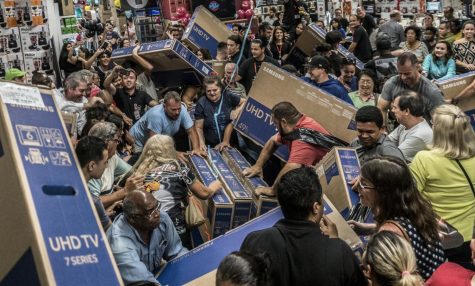
Initially starting as a way for companies to clear inventory and ramp up profits to kick off the Christmas season, Black Friday was a genius marketing ploy for companies. Building hype and enticing customers by opening at midnight or in the early hours of the morning. This started traditions for many families to go camp out in front of stores after eating Thanksgiving dinner or watching football games. For me, Black Friday usually consisted of a post-Thanksgiving dinner Waffle House meal, followed by getting in line for stores about 10pm.
Typically, Black Friday has consisted of major deals in a few categories of retail. Big-ticket items such as TVs, gaming systems, and kitchen appliances are staples of Black Friday and are usually on sale with deep discounts. Clothing, household items, and toys for Christmas also make up some of the most popular sale items.
Black Friday eventually gave way to Cyber Monday, sales the following week mostly centered on tech and electronic products. The popularity of Cyber Monday has drastically grown over the last few years. Many customers have been drawn by the prospect of being able to stay at home and out of the chaos that some believe Black Friday entails. Stores such as Best Buy and Amazon have some of their greatest sales of the year on this day.
Black Friday By the Numbers
Many people have developed concerns about Black Friday because of its public perception. The infamous videos circling the internet of fights breaking out over 70” TVs and toys for the holidays have caused consumers to be wary of going out to shop in-store on Black Friday. While these cases are very rare, the concerns definitely play a role in the ‘Modern Black Friday’.
For the 2022 Black Friday season, numbers of shoppers and their spending in stores saw a resurgence post-pandemic. According to projections, 72.9 million shoppers participated in the Black Friday sales in-store. Greater than this number, however was the large growth in online shoppers on Black Friday rather than Cyber Monday. 87.2 million customers got online to search for deals on Black Friday. All of these shoppers spent a total of over $9 billion between combines online and store sales. While these numbers seem promising they have not returned to pre-pandemic levels even with growing prices resulting from inflation.
However, the sales seemed to be underwhelming. Only 42% of shoppers believed that the deals advertised were up to the levels they had hoped. This could be due to recent, rapid inflation causing prices to soar making the percentage of sales possible higher, but still the prices seemed too tall for consumers. As suggested by the spending, this was not enough to slow down revenue of companies.
The Downfall of Black Friday
The expansion of deals over the course of November, headed mostly by retail giants Amazon and Walmart have caused other companies to mimic them with savings of their own in order to not miss out on consumers dollars. Other periods of savings have seen this same trend, such as Amazon Prime Day that caused reactionary deals. With the influx of sales on the market consumers spread out, taking away from the initial excitement of the savings.

Effects of the pandemic have also contributed to an overall decline in the spirit of Black Friday. From the lasting supply chain issues and new methods of in-store pickup that have been instituted, shopping in stores has been greatly affected. For example, Walmart offered online deals to subscribers of their Walmart+ service a day before they were released in-store to the public in their “Deals for Days” promotion.
The ‘Shift’ Being Created
While, it seems likely that Black Friday may never return to its original state, the deals may come back and improve. Retailers, such as Target have major overstock on inventory and in order to clear that, may need to come up with steeper discounts to encourage buyers. The early morning lines and fights over flat-screen TVs may never be seen again, but Black Friday in some way or another, will live on.
One of the concerns about a turn towards a digital Black Friday is the capacity for stores’ websites to keep up with demand. Too many users entering a website at a precise time in order to try and secure a sale price at the moment it drops can cause them to shut down. People have concern over if they will get the item, are able to check out, or accidentally click the item too many times, making them buy multiple. Having personal experience with situations like this on Walmart’s website, it is very stressful and makes you more nervous about if you will get the item. This is why I personally prefer the peace of mind of in-store shopping, knowing that the item is either in the store or sold out, so I am not stuck clicking the refresh button over and over.
Black Friday kinda mid now, honestly.
— Jack Graham (12)
The aura Black Friday used to have will never be the same. Lost to the internet will be the memories made waiting in line through the night and the midnight openings for the best deals of the holiday season. This will be replaced with an infuriating cycle of having to seek out deals each week of November, constantly trying to get the pesky item into the virtual cart and successfully check out.
Statistics sourced from the National Retail Federation and Adobe Analytics. Retrieved from: https://fitsmallbusiness.com/black-friday-statistics/#:~:text=Black%20Friday%20saw%20over%2066.5,pre%2Dpandemic%20rates%20in%202019.



